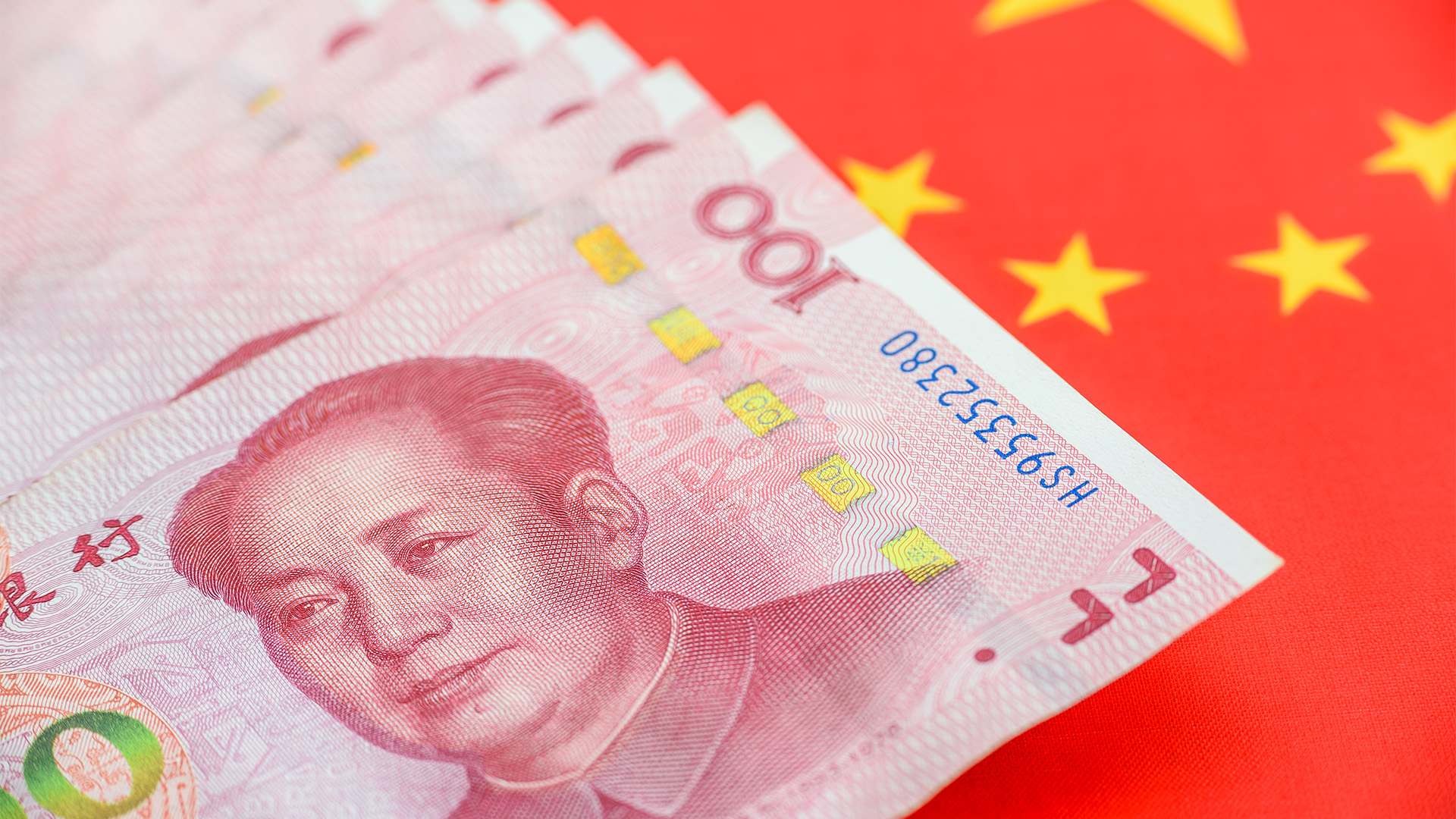China’s balance of payments data for last year shows the stunning impact on its trade performance from the slowdown in demand for its exports, weak domestic demand for imports, and the loss of confidence foreign investors have in the country due to its increasingly aggressive policy positions on issues like security and spying.
2023 was supposed to be the year where China rebounded from the Covid restrictions of 2021-22, but it spluttered as demand refused to expand, consumers cut spending, and the property crisis continued to distort the wider economy.
The country’s usually well-oiled trade machine felt the full force of the indifferent economic performance – indeed, it contributed to it as companies large and small struggled with continuing produce price deflation, which spread to the huge consumer and services sector, driven by plummeting pork prices.
So, in the end, the slump in exports and imports and the trade and current account balances told the sorry story of China’s failed rebound last year.
Data from the Government’s State Administration of Foreign Exchange (SAFE) on Sunday night confirmed it with China's current account surplus slumping 34% to $US264.2 billion from 2022’s massive $US402 billion.
That was after exports fell 4.6% to $US3.38 trillion and imports eased to $US2.56 trillion.
That saw China record a trade surplus of $US608.0 billion, down 30% from $US877.6 billion in 2022.
SAFE said China had a deficit of $US229.4 billion in services in 2023, more than twice the $US92.3 billion in 2022. It had a deficit of $US129.6 billion in primary income, down from $US193.6 billion, but a surplus of $US15.2 billion in secondary income was down from $US19.1 billion the year before. Reserve assets increased by $US15.6 billion over the year to $US3.328 billion (which is the largest in the world, again).
And the final three months of the year capped what was a miserable year for China’s trade performance.
The quarterly current account surplus for December fell sharply to $US55.2 billion, almost half the $US103.1 billion in the same quarter of 2022.
That was the smallest surplus since a deficit in the March quarter of 2020 (which was the first period of China’s pandemic), which saw unsuccessful lockdowns and attempts to control the infection, which in turn saw exports and imports fall.
The December 2023 quarter saw the goods trade surplus dip to $US153.6 billion, from $US161.3 billion in the same three months of 2022.
But the country’s deficit on services doubled to $61 billion from $US30.6 billion a year earlier.
China lifted its gold holdings 8.8% to 2,235.41 tonnes (224.88 tonnes) at the end of 2023, worth more than $US148 billion. China bought gold every month through 2023, and indeed returned to purchases in the final quarter of 2022.














